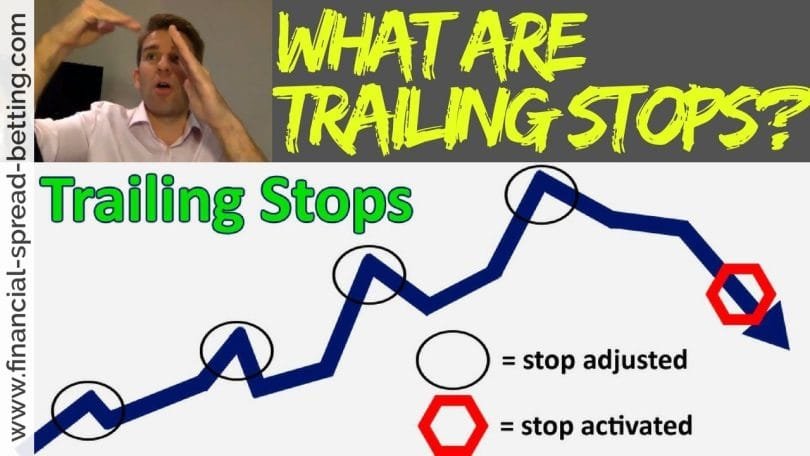Trailing Stop
Although widely used, some brokers don’t offer a trailing stop order. It is similar to a stop loss order, in that it becomes a market order to sell (for a long position) if the price goes down to it. The difference is that the trailing stop incorporates a moving price level. When the price of the security rises, the trailing stop level increases, maintaining a percentage or dollar amount below the market price. The level never goes down, so if the price drops back sufficiently, the trade will be automatically closed. This allows you to have most of your profits locked in automatically, instead of having to manually enter orders at increasing prices.
Stop Limit Order
The stop limit order is a combination of the stop order and the limit order. It starts out as a stop order and when the specified price level is reached it becomes a limit order. This means it is not guaranteed to be executed, but if it is you have control of the price you pay or the price you get. Going back to the stop order example of buying long on a breakout, if the breakout moved too quickly your order may not be filled, but at least you would not pay more than you wanted to.
Order Modifiers
Where appropriate, all these orders except the market order can have certain modifiers applied to them. The order can be marked ‘Today’ which means if it is not filled today it dies. You might use this on a limit order so that it does not get filled in a couple of weeks when you have forgotten about it, and surprise you. The alternative is ‘Good till Canceled’ (GTC) which means the broker will keep trying to place the order until it is filled. Often the broker will specify that his policy is to only do so for a month or two, despite the order, just so he is not left with lots of unfinished business.
You can also specify with a limit order that it should only be executed if all shares can be bought in one lot at the required price. This is called an ‘All or Nothing’ (AON) condition.

